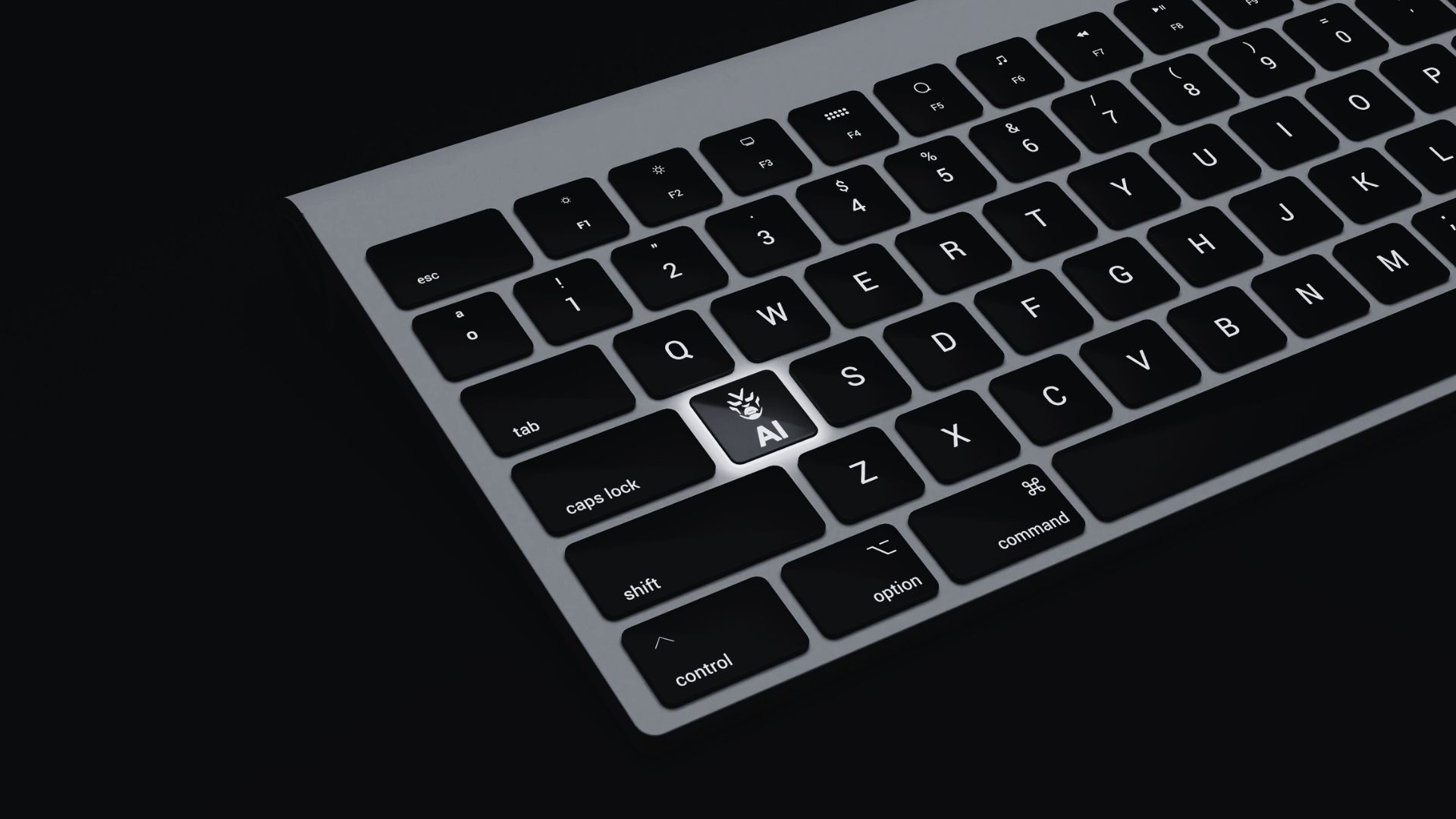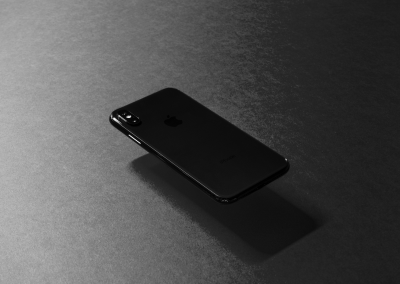Multichannel, omnichannel, and cross-channel are three concepts that many companies have had to familiarize themselves with to achieve effective communication with their customers and enhance their experiences. These are different approaches businesses use to interact with customers through multiple communication and sales channels.
But what do these concepts mean? What similarities do they have? How do they differ? Here, we break it down for you.
What is Multichannel?
Multichannel refers to the number of channels companies use to deliver products to customers or communicate with them. For example, a company may sell products through a website, an app, and a physical store.
In a multichannel strategy, the company interacts with customers through various channels, but these channels typically operate independently. Some key characteristics:
- The channels are not integrated with each other.
- The customer experience can vary from one channel to another.
- Examples of channels include physical stores, websites, social media, mobile apps, etc.
- Customers may have to repeat information or restart the purchase process if they switch channels.
In summary, in a multichannel strategy, the company interacts with customers through various channels, but these channels usually function independently.
What is Cross-Channel?
This approach blends and connects multiple channels to ensure a seamless customer experience. Customers have access to various linked channels, allowing them to gather information and place orders across multiple touchpoints.
A cross-channel approach enhances the customer experience by enabling interaction on one channel and continuation on another. For example, a customer can make an online purchase and pick it up in-store. The ultimate goal is to provide an uninterrupted customer journey across different channels.
Advantages of Multichannel Marketing:
- More engaging campaigns: Multichannel campaigns can be more appealing and relevant since they incorporate behavioral data from all touchpoints, not just the current channel.
- Better customer insights: Companies can collect customer information across all communication channels to segment them and offer personalized benefits.
- Greater reach of the target audience: Using multiple communication channels increases the likelihood of reaching the intended audience and prevents messages from getting lost in the noise.
- Improved shopping experience: Multichannel commerce ensures a positive shopping experience, significantly contributing to customer satisfaction.
- Seamless channel transition: Customers can use live chat to inquire about an offer they previously received via email after placing an online order. Multichannel marketing ensures that customers can switch between communication channels anytime and still get relevant information about products and services.
What is Omnichannel?
Omnichannel is the evolution of cross-channel, with a focus centered on the customer and their experience. It not only integrates multiple channels, but these channels also work together seamlessly to achieve a unified goal. Data from all previous user interactions are collected to deliver a personalized experience.
Customers have real-time access to information whenever and wherever they want, regardless of the channel used. This strategy accompanies customers across all communication channels with their favorite products and search preferences.
A great example of an omnichannel strategy is Netflix. No matter which device you use to access the platform, Netflix collects data to enhance individual recommendations. For instance, if you pause an episode on your tablet, you can resume watching from the exact point on your TV.
Braze: The Key Solution to Take Your Campaigns to the Next Level
What is Braze?
Braze is a customer engagement platform that allows you to connect with your users at the right time, through the right channel, and turn them into active users. It helps improve product retention and recover users you thought were lost.
Braze is an incredibly reliable and flexible tool that enables you to orchestrate responsive, cross-channel campaigns—as complex or simple as you need—and create meaningful user experiences at any scale. You can leverage push notifications, in-app and browser messages, content cards, SMS, and email.
Conclusion
Whether it’s multichannel, cross-channel, or omnichannel, these strategies enhance the customer shopping experience. Implementing a multichannel model is always a valuable option. However, an omnichannel strategy is typically the most expensive, making it unsuitable for all businesses.
Key characteristics of omnichannel marketing:
- All channels are fully integrated and synchronized.
- The customer experience is consistent and continuous, regardless of the channel used.
- Customer information is shared and updated in real time across all channels.
- Examples include real-time inventory visibility, personalized recommendations based on purchase history, and consistent customer support across all touchpoints.
Whether you choose multichannel, cross-channel, or omnichannel marketing, the most important factor is placing the customer experience at the core of your marketing strategy. Making the buying process as simple and intuitive as possible is key to creating better shopping experiences for your customers.





